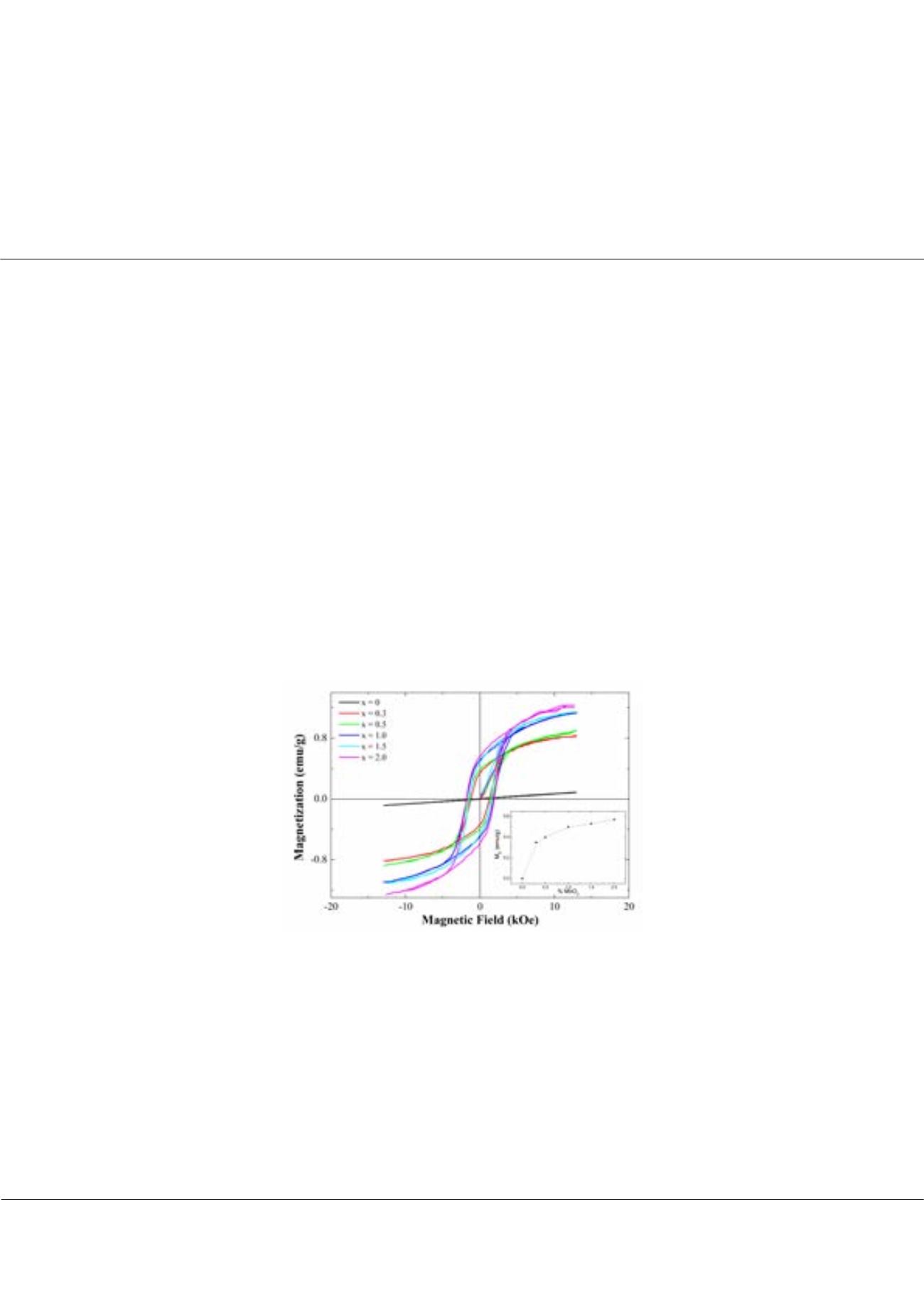

Page 93
conferenceseries
.com
Volume 6
Research & Reviews: Journal of Material Sciences
ISSN: 2321-6212
Advanced Materials 2018
September 04-06, 2018
September 04-06, 2018 | Zürich, Switzerland
21
st
International Conference on
Advanced Materials & Nanotechnology
Multiferroic properties and structural characterizations in Mn and Cr doped 0.9BiFeO
3
-0.1BaTiO
3
compositions
Ricardo A M Gotardo
1
, L F Cótica
2
and
I A Santos
2
1
Federal University of Paraná, Brazil
2
State University of Maringá, Brazil
B
ismuth ferrite (BiFeO
3
; BFO) is one of the most studied multiferroic materials, mainly due to its reported magnetoelectric
properties at room temperature, potential use in nonvolatile memory applications and developments in the fundamentals of
solid state physics. BFO ferroelectric and antiferromagnetic phase transitions are found significantly above room temperature,
i.e., it is a ferroelectric material below Tc~1100 K and an anti-ferromagnetic one below TN~650 K. The drawbacks of BFO
for bulk practical applications are the low resistivity and the difficult to synthetize single-phased polycrystalline materials. To
overcome the low DC electrical resistivity, one solution is doping these materials with multiple valence ions like Mn. Also,
Cr ions can be used to improve polarization. Therefore, in this work, we describe the structural; dielectric, magnetic and
Mossbauer spectroscopy studies in 0.9BiFeO
3
- 0.1BaTiO
3
solid solutions doped with Mn and Cr processed by high-energy
ball milling. Especially for the Mn doped samples a structurally correlated magnetization enhancement is reported. X-ray
diffraction and Rietveld refinement studies revealed a distorted perovskite structure with the coexistence of rhombohedral
and monoclinic symmetries. Mössbauer spectroscopy results showed a magnetic spectral signature of ordered Fe
3+
ions for the
rhombohedral phase of the undoped sample and for both rhombohedral and monoclinic phases of the Mn doped samples.
A significant magnetization increase (reaching 0.50 emu/g), associated to the magnetic ordering of the Cm phase and to the
retention of the Mn
3+
valence state was observed for Mn doped samples.
Magnetic hysteresis loops for 0.9BiFeO
3
– 0.1BaTiO
3
– x wt.% MnO
2
solid solutions, at room temperature.
Inset: remnant magnetization as a function of the MnO
2
content
Biography
Ricardo A M Gotardo has studied Physics and has pursued his PhD in Condensed Matter Physics at the State University of Maringa. He is a Professor at the
Technological Federal University of Paraná in Cornélio Procópio since 2013. His research focuses on multiferroic materials, relating materials structure with the
magnetic and electronic properties.
ramgotardo@gmail.comRicardo A M Gotardo et al., Res. Rev. J Mat. Sci. 2018, Volume 6
DOI: 10.4172/2321-6212-C3-020
















